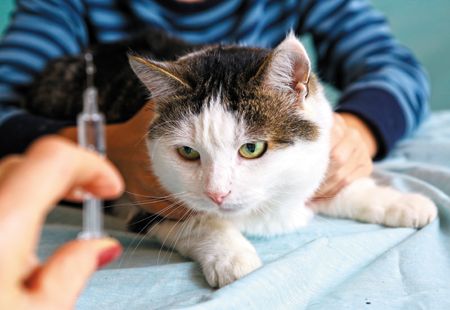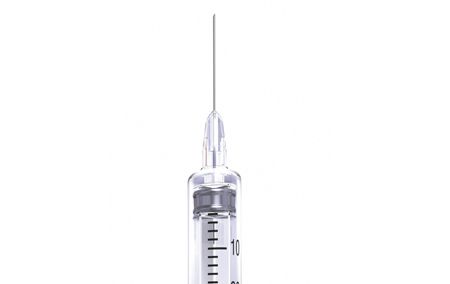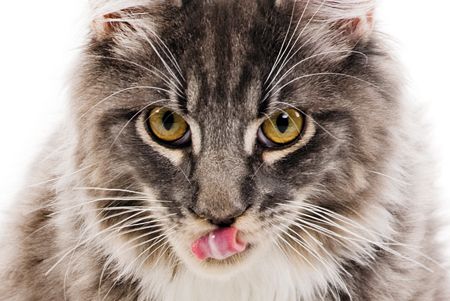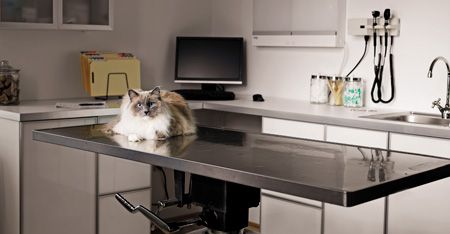Deliver the bright side of a feline diabetes diagnosis
Injecting a dose of reality for veterinary clients with diabetic cats isn't painful-it's positively inspiring!
The American Association of Feline Practitioners (AAFP) improves the health and welfare of cats by supporting high standards of practice, continuing education, and scientific investigation. The AAFP has a long-standing reputation and track record in the veterinary community for facilitating high standards of practice and publishes guidelines for practice excellence which are available to veterinarians at the AAFP website. Over the years, the AAFP has encouraged veterinarians to continuously re-evaluate preconceived notions of practice strategies in an effort to advance the quality of feline medicine practiced. For more information, visit: www.catvets.com.
Giving injectable medications can be a mental hurdle for people unfamiliar with the tactile and technical components of injectable medications, such as needles and syringes as well as how to draw up the medication and read the dosage-let alone administer said medication. However, with a little practice, many cat owners can find it surprisingly easy to give injections. In fact, after cat owners gain confidence in administering medications in this manner, many actually prefer this to giving oral medications.

(Shutterstock)The right client training
To start the process smoothly and preserve the emotional bonds we have with our cats, training owners in administering injectable medications is critical. In our practice, doctors or technical staff sit down with the key members of the household and teach the hands-on aspects of giving medications subcutaneously-this allows our clients to ask questions and get some practice before trying at home. Doing this under the watchful eye of someone more experienced often helps to allay fears.
It's important to stress to cat owners that they won't hurt their cats.
It's important to stress to cat owners that they won't hurt their cats. Many people are dedicated to managing their cats' diabetes and willing to try insulin but are afraid it will hurt. Reassurance that it's nearly impossible to hurt a cat with these small needles can go a long way.

(Getty Images)The right equipment
Speaking of small needles, using specific insulin syringes and small-gauge needles (27-ga or smaller) can help minimize trauma for the cat and owner alike. Equally important is explaining the different units of insulin that exist and how to ensure we're using the right syringe type for that particular insulin. We check that clients understand where the right doses show up on the needle, so everyone's on the same page.
Finally, I always explain to owners that they're likely far more worried than their cats are about these insulin injections. Knowing that you can't hurt your cat and that your cat probably isn't stressing about these injections helps many pet parents to take a deep breath, relax and become comfortable with the process.

(Getty Images)The right distraction
It helps to give positive reinforcement to cats and offer distractions before, after or even during injections. For many diabetic cats, food does the trick. Deli meat or canned food is often a favorite and can turn medicating into quality time. Some cats even receive their injections while sleeping, barely noticing that their pet parents have administered a medication.

(Getty Images)The right monitoring
When it comes to testing, there's often a balance between the patient's needs, the cat owner's concerns and the medical data. For instance, if I have a high-stress feline patient, I might forego a day-long test in favor of a shorter time span or use another more cat-friendly approach. Weight, water intake and urine output measured at home can be good indicators in some cats. Conscientious owners can keep track of these variables, which might help minimize some of the more invasive tests at each veterinary visit. Try to accommodate as best as possible, and spend time talking about concerns with all everyone on your team-the doctor, the technician and the receptionist. We all play a role in allaying fear and addressing these questions.
I like to tell cat owners they'll probably ask me for all future medications to come as injectables.

(Getty Images)The right encouragement
It's helpful to share your own stories about medicating cats since you're the expert in the exam room. I like to tell cat owners they'll probably ask me for all future medications to come as injectables once they've grown comfortable with the process-and rarely am I wrong! Oral medications for cats can be a huge battle and often leave us with lingering bad memories. Very rarely does that happen with injectable medications-cats tolerate them very well, indeed.
Lauren E. Demos, BVMS, HonsBSc, resident ABVP (feline), is president of the American Association of Feline Practitioners (AAFP).